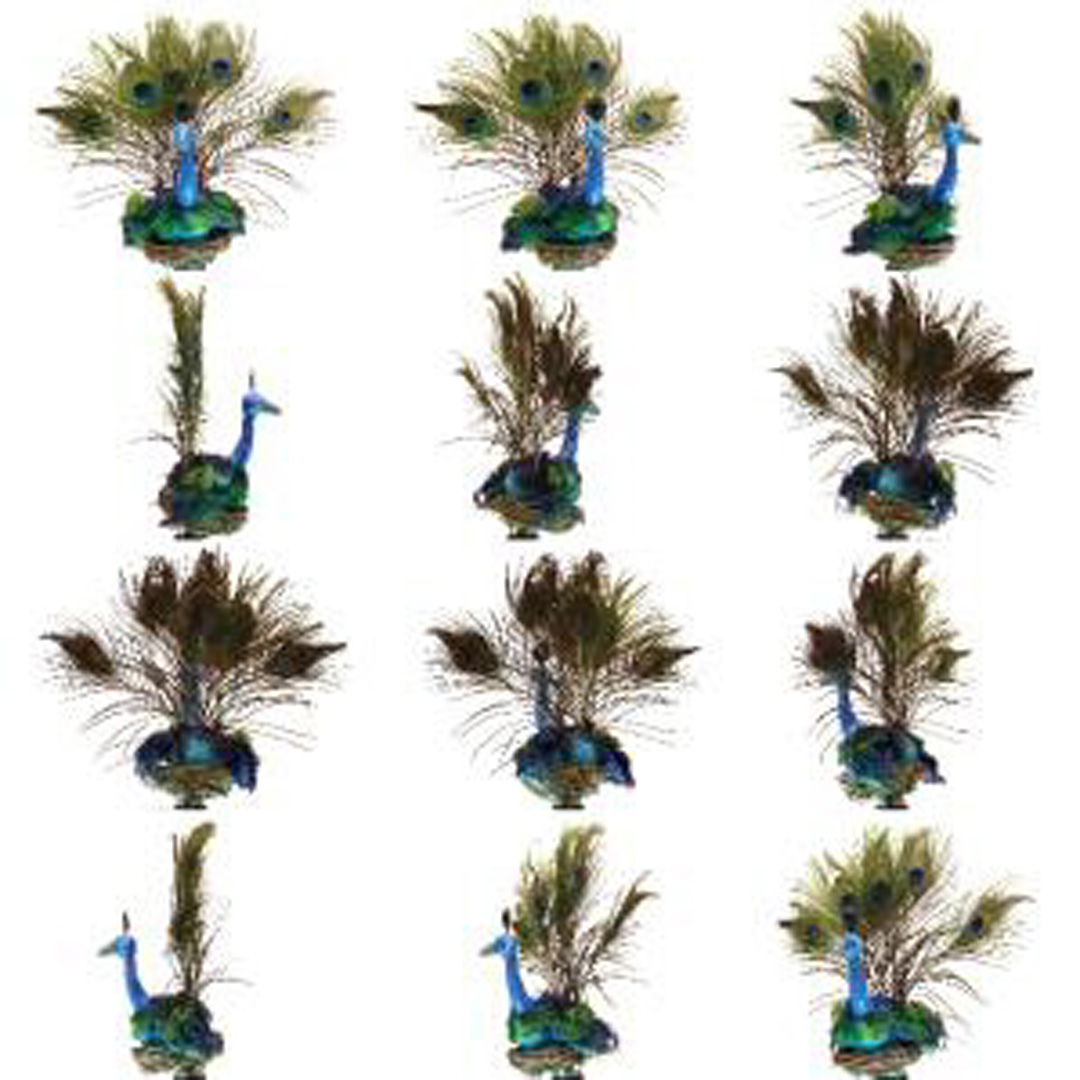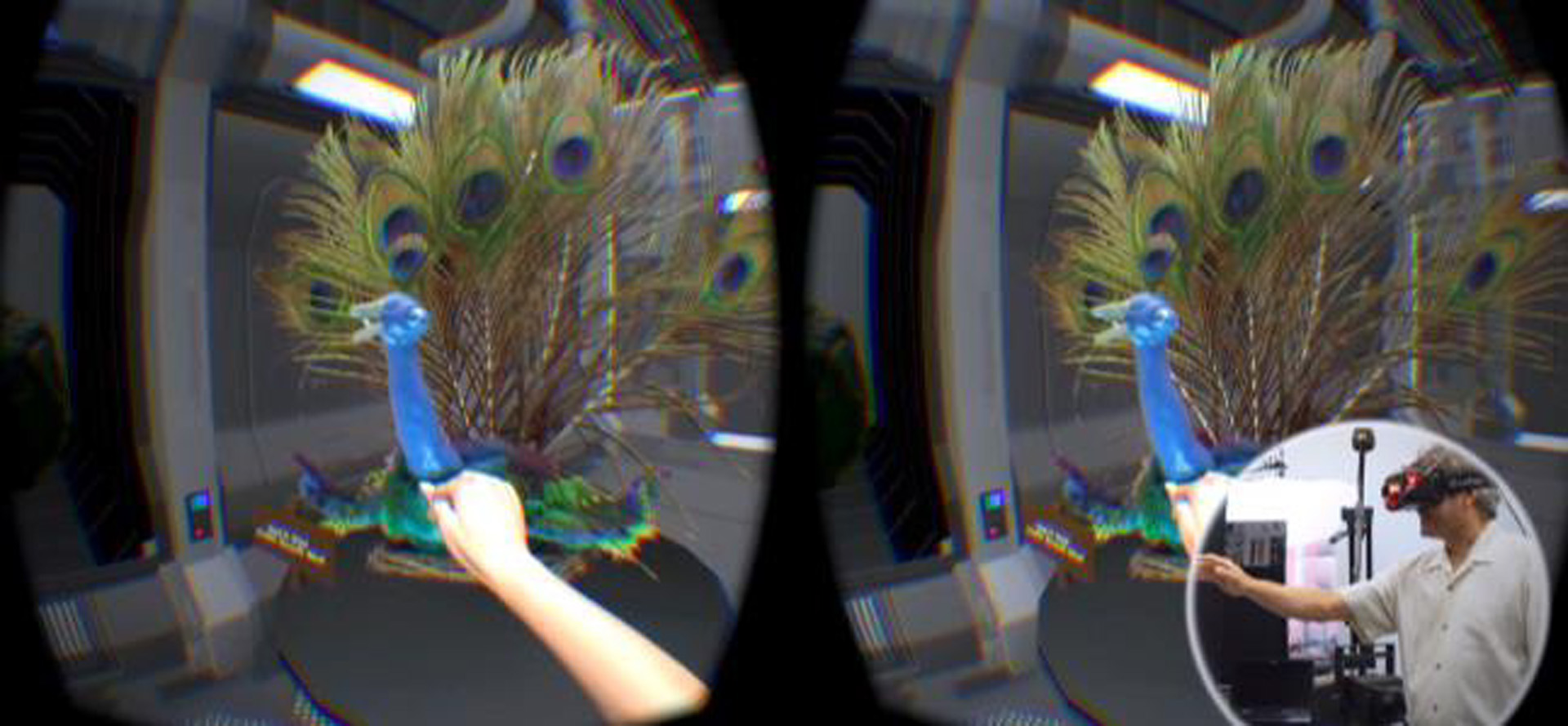“Creating Near-Field VR Using Stop Motion Characters and a Touch of Light-Field Rendering” by Bolas, Kuruvilla, Chintalapudi, Rabelo, Lympouridis, et al. …
Conference:
Type(s):
Entry Number: 19
Title:
- Creating Near-Field VR Using Stop Motion Characters and a Touch of Light-Field Rendering
Presenter(s)/Author(s):
Abstract:
There is rapidly growing interest in the creation of rendered environments and content for tracked head-mounted stereoscopic displays for virtual reality. Currently, the most popular approaches include polygonal environments created with game engines, as well as 360 degree spherical cameras used to capture live action video. These tools were not originally designed to leverage the more complex visual cues available in VR when users laterally shift viewpoints, manually interact with models, and employ stereoscopic vision. There is a need for a fresh look at graphics techniques that can capitalize upon the unique affordances that make VR so compelling.
Additional Images:







